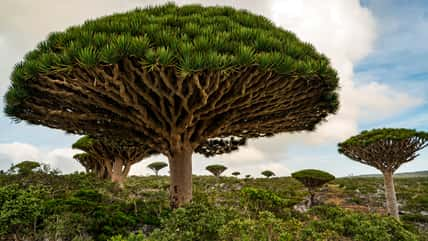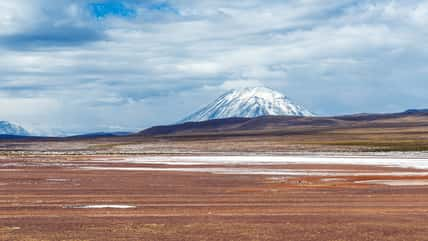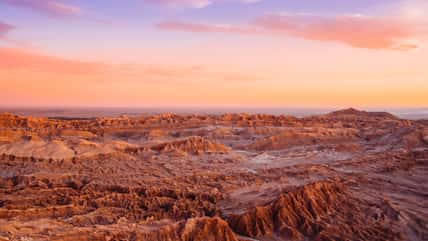When Archaeologists Unearthed A 1,200-Year-Old Tomb Of An Ancient Chief In Panama, They Also Found Numerous Gold Treasures And The Remains Of Dozens Of Other Individuals Who Were Sacrificed To Accompany The Chief On His Journey To The Afterlife
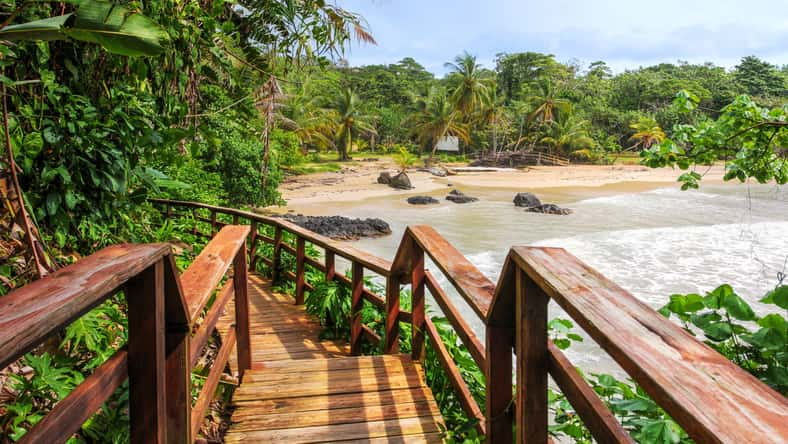
When archaeologists uncovered the tomb of an ancient chief, they were in for a dazzling surprise. Within the 1,200-year-old tomb was a collection of gold treasures, along with the remains of the chief and dozens of other individuals who were sacrificed to accompany him on the journey to the afterlife.
The grave was located at El Caño Archaeological Park in the Coclé province of Panama. Excavations began in 2022. Other tombs and ceremonial structures have previously been found at the site over the years.
According to the nation’s Ministry of Culture, the park was once a necropolis that was in use from 700 to 1000 C.E.
The newly discovered tomb yielded a number of funerary offerings. Among the objects were gold bracelets, circular gold plates, two belts made with gold beads, five gold chest plates, gold-covered whale teeth, and crocodile-shaped earrings.
Archaeologists also unearthed two bells, clothing made with dog teeth, a set of bone flutes, and earrings in the shape of a man and a woman.
The grave most likely belonged to an elite chief from the local Coclé culture, who was in his thirties at the time of his death. He was found buried facedown on top of the body of a woman, which was a type of burial that was customary for the culture.
The Gran Coclé culture is known for its expertly crafted gold items and distinct artistic styles. Many examples have been discovered across the country in ancient burial sites. The Coclé culture existed in pre-Columbian times and resided in Panama from approximately 200 B.C.E. to 1550 C.E.
Alongside the chief’s remains, there laid up to 31 other people, who died to serve as the chief’s companions in the afterlife. It’s unclear exactly how many people were in the tomb since excavations of the burial site have not yet been completed.
The artifacts found in the tomb have enormous monetary value, but most importantly, they also have historical value. The discoveries shed more light on the burial practices that occurred in Central America before the arrival of Europeans.
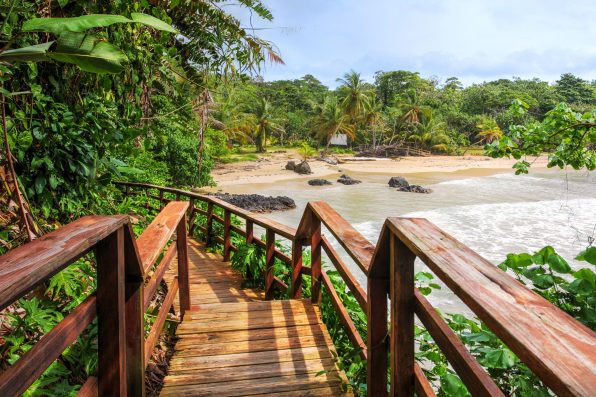
Bogdan Lazar – stock.adobe.com – illustrative purposes only
As archaeologists continue exploring the area, they hope to learn more about the inhabitants of the tomb and what their society was like.
The El Caño site first came to the attention of Hyatt Verrill, an American explorer, in 1925. But, it wasn’t until the 1970s that actual archaeologists began conducting investigations.
Initially, they only detected a few significant findings, and the political changes happening in Panama halted excavations for decades.
In the 1990s, interest in the park was revived. New surveying techniques led to the reveal of several burial sites of high cultural significance.
For example, in 2008, a team of researchers stumbled upon the grave of a warrior with high status adorned in gold.
Sign up for Chip Chick’s newsletter and get stories like this delivered to your inbox.
More About:News



